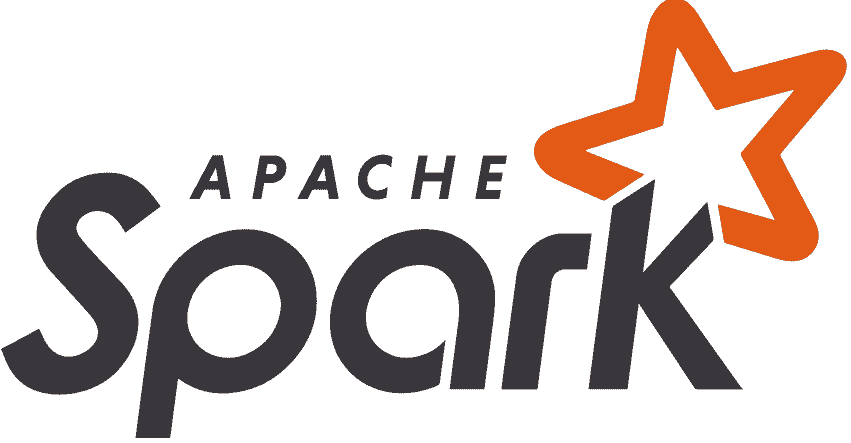What is Tungsten Memory Manager in Apache Spark, how to use it, advantages and disadvantages
Apache Spark is a popular, open-source framework for large-scale data processing. It provides a fast and efficient way to process big data and helps organizations to process, analyze and extract insights from large datasets. One of the key aspects of Spark’s performance is its memory management. Spark uses a memory manager called Tungsten to manage memory efficiently and improve performance. In this article, we will discuss the Tungsten memory manager in Apache Spark and its key features.
What is Tungsten Memory Manager?
Tungsten is a high-performance memory manager that is designed specifically for Apache Spark. It was introduced in Spark 1.3 and has been the default memory manager since Spark 1.6. Tungsten replaces the previous memory manager, called JVM (Java Virtual Machine) Garbage Collection (GC), in Spark.
Tungsten uses off-heap memory to store intermediate data and helps Spark to achieve high performance by reducing the overhead of garbage collection. Unlike JVM GC, Tungsten memory manager does not use the Java heap for intermediate data storage, instead it uses off-heap memory.
Key Features of Tungsten Memory Manager
Tungsten memory manager has several key features that make it a better choice over JVM GC for Apache Spark. Some of the key features are:
- Off-heap memory:
- Tungsten memory manager uses off-heap memory to store intermediate data. This helps Spark to achieve high performance by reducing the overhead of garbage collection.
- Improved Cache Management:
- Tungsten memory manager has improved cache management, which helps Spark to cache intermediate data more efficiently.
- Faster Garbage Collection:
- Tungsten memory manager uses a specialized garbage collector, called Concurrent Mark Sweep (CMS), which is designed to handle large amounts of data. This helps Spark to perform garbage collection faster, reducing the overhead of GC.
- Columnar storage:
- Tungsten memory manager uses a columnar storage format for intermediate data. This helps Spark to store and access data more efficiently, improving performance.
- Memory Optimization:
- Tungsten memory manager uses memory optimization techniques, such as memory compression, to reduce the memory footprint of intermediate data.
Benefits of Tungsten Memory Manager
Tungsten memory manager brings several benefits to Apache Spark, some of the benefits are:
- Improved Performance:
- Tungsten memory manager helps Spark to achieve high performance by reducing the overhead of garbage collection and improving cache management.
- Better Memory Utilization:
- Tungsten memory manager uses off-heap memory and memory optimization techniques to reduce the memory footprint of intermediate data, improving the memory utilization of Spark.
- Faster Garbage Collection:
- Tungsten memory manager uses a specialized garbage collector, called CMS, which is designed to handle large amounts of data. This helps Spark to perform garbage collection faster, reducing the overhead of GC.
- Improved Stability:
- Tungsten memory manager helps Spark to be more stable by reducing the risk of OutOfMemoryError exceptions.
Example
# Load a large dataset from a file
df = spark.read.format(“csv”).option(“inferSchema”, “true”).option(“header”, “true”).load(“data.csv”)
# Use Tungsten to efficiently process the data
result = df.groupBy(“column1”).count()
# Tungsten is used automatically to execute the groupBy and count operations
Advantages
- Improved performance:
- Tungsten can significantly improve the performance of Spark applications by more efficiently managing memory and CPU resources.
- Reduced memory usage:
- Tungsten can also help to reduce the amount of memory required to run a Spark application by using a more efficient data format and off-heap memory.
Disadvantages
- Increased complexity:
- Tungsten adds additional complexity to the Spark execution engine, which can make it more difficult to understand and debug issues with Spark applications.
- Compatibility issues:
- Tungsten may not be compatible with certain third-party libraries or features, which can limit its use in some situations.
Overall, Tungsten is a powerful tool for improving the performance of Spark applications and is recommended for use in most cases. However, it is important to carefully consider the trade-offs involved when deciding whether to use Tungsten in a specific application.
Checkout more interesting articles on Nixon Data on https://nixondata.com/knowledge/

